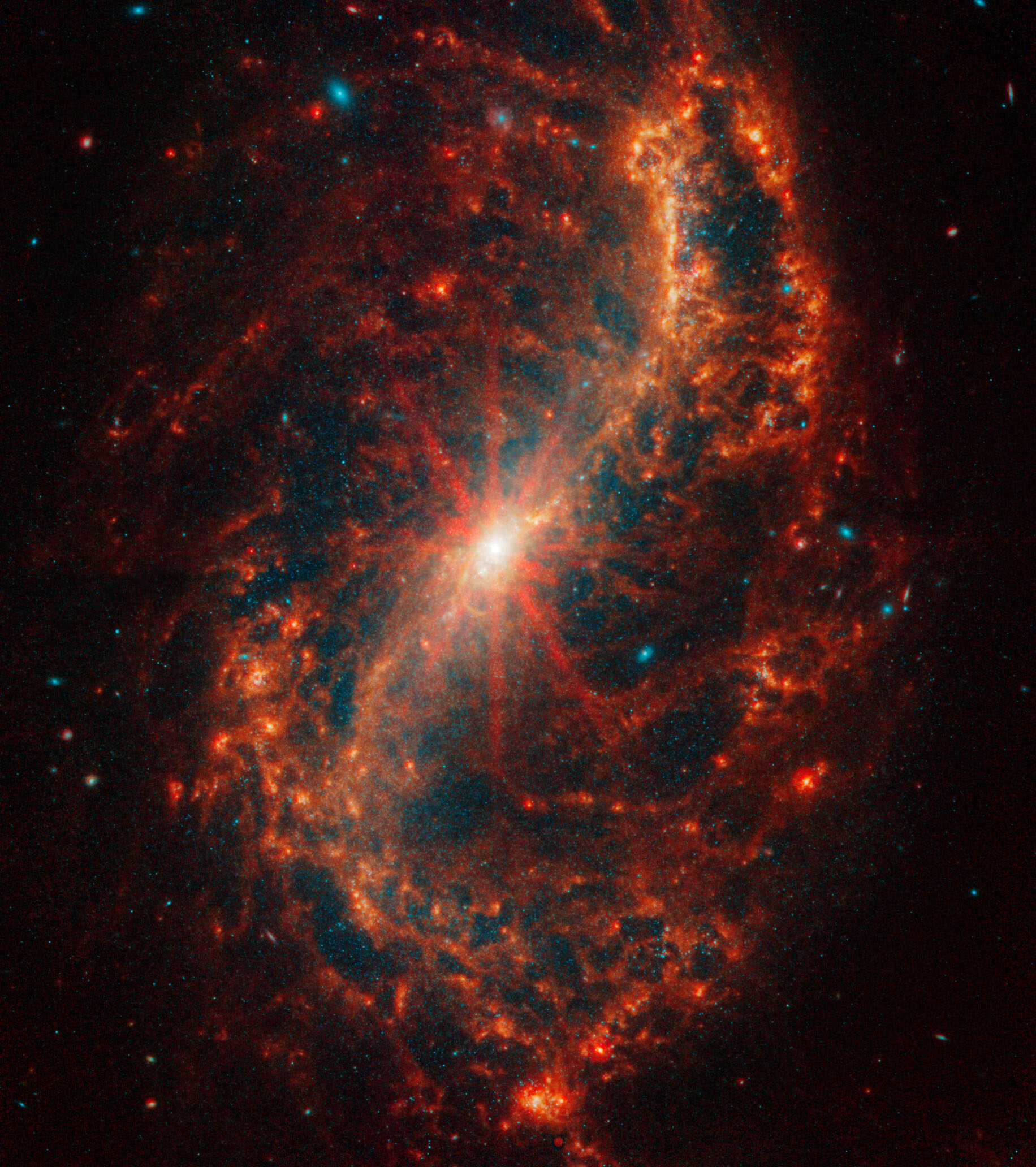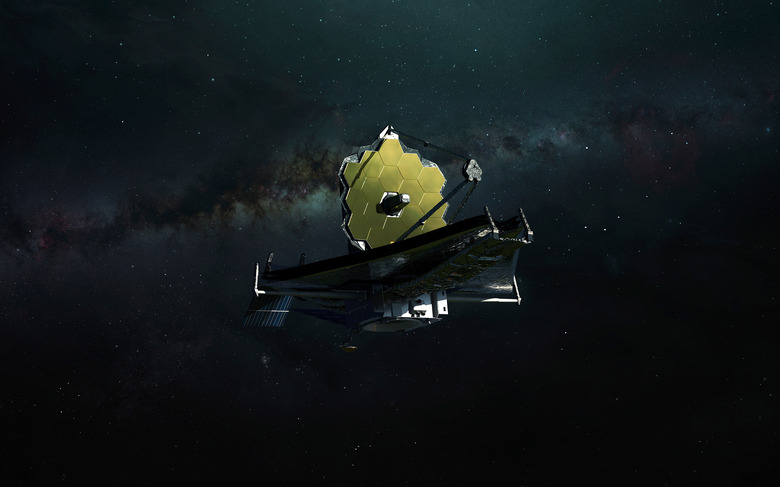Webb Captures Spellbinding Images Of 19 Spiral Galaxies
The James Webb space telescope has amassed what the ESA is calling a "treasure trove" of new images of spiral galaxies. While the images themselves are beautiful, Webb's observations of these 19 galaxies have revealed unknown structures within them, leaving scientists scrambling to learn more.
The images were taken using the near- and mid-infrared systems on the James Webb, and they have provided us with a ton of detail to look at. Not only do they showcase the dust, gas, and stars within the galaxy, but they showcase these elements on the smallest scales that we've ever observed beyond our own galaxy, the ESA explains.
🤩✨ The NASA/ESA/CSA James #Webb Space Telescope has uncovered a treasure trove of 19 spiral galaxies!
This new set of exquisite images show stars, gas, and dust on the smallest scales ever observed beyond our own galaxy.
To see all the images 👉 https://t.co/lqV9ThtVUZ pic.twitter.com/C0ckUesTNg
— European Space Agency (@esa) January 29, 2024
If you look at the images, some of which we've embedded in this article, you'll see the immense amount of detail that Webb's observations are capable of capturing. Then, if you follow the spiraling arms of these galaxies to their centers, you can see the bright clusters of their oldest stars and the possible location of supermassive black holes.
Most galaxies like this have an active black hole at the center. Our own Milky Way galaxy is no exception, and these kinds of images only help to reiterate the constant action taking place in various galaxies. This amount of detail is only made possible thanks to Webb's observations.

The ESA says that these images are part of an ongoing long-standing project called Physics at High Angular Resolution in Nearby GalaxieS or PHANGS. This program has the support of more than 150 astronomers worldwide, and it has been using data from Hubble and other telescopes to learn more about the universe. Webb has previously provided observation data as part of the PHANGS program.
Webb's observations will only continue to deepen our understanding of the known universe, including even possibly helping us unravel some of the mysteries of the early universe, a huge accomplishment that scientists will no doubt celebrate when it comes to pass.
